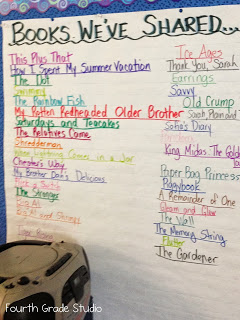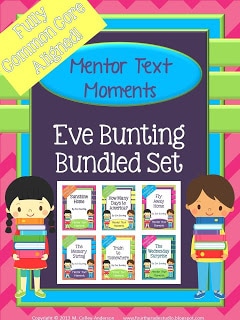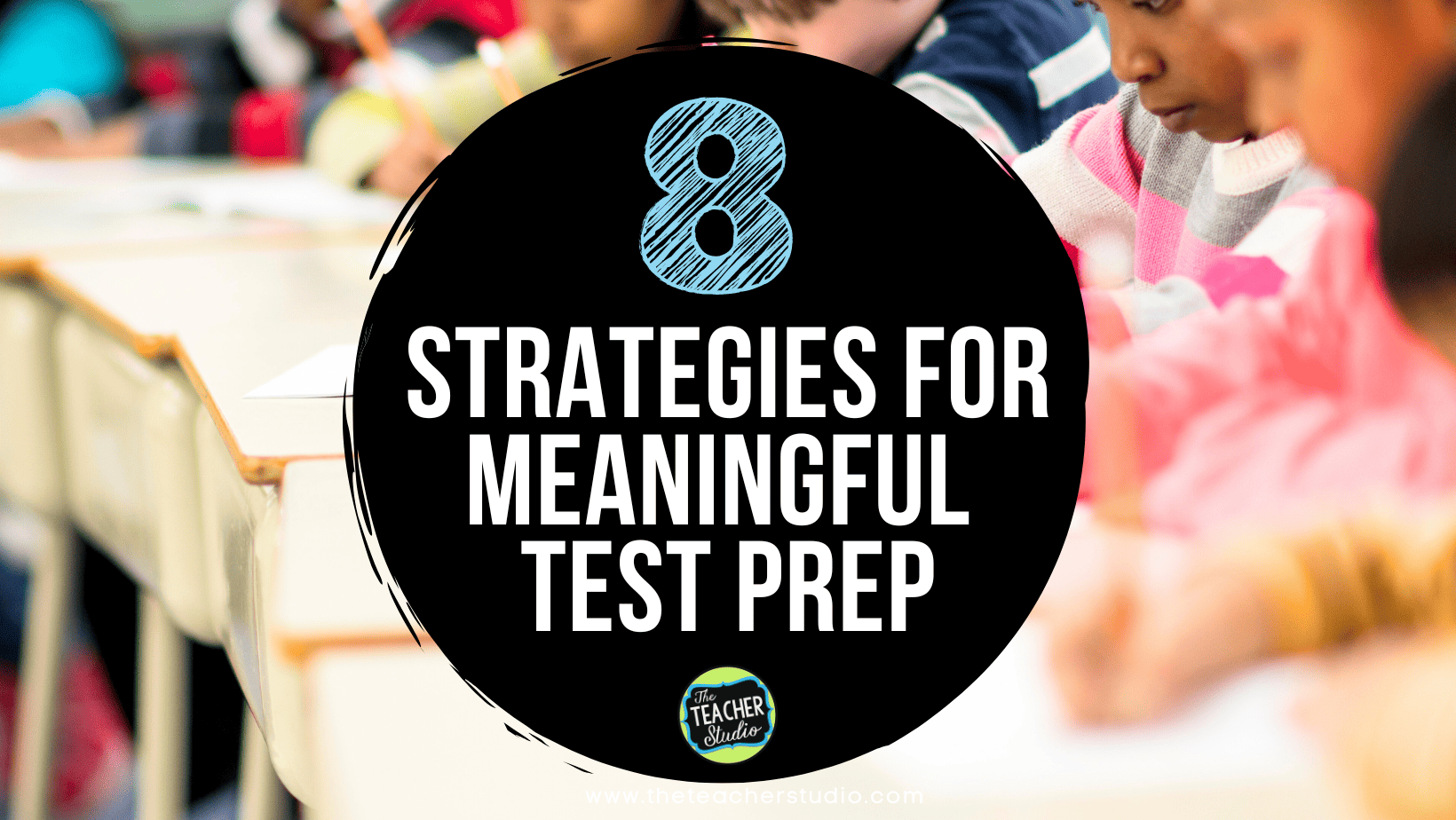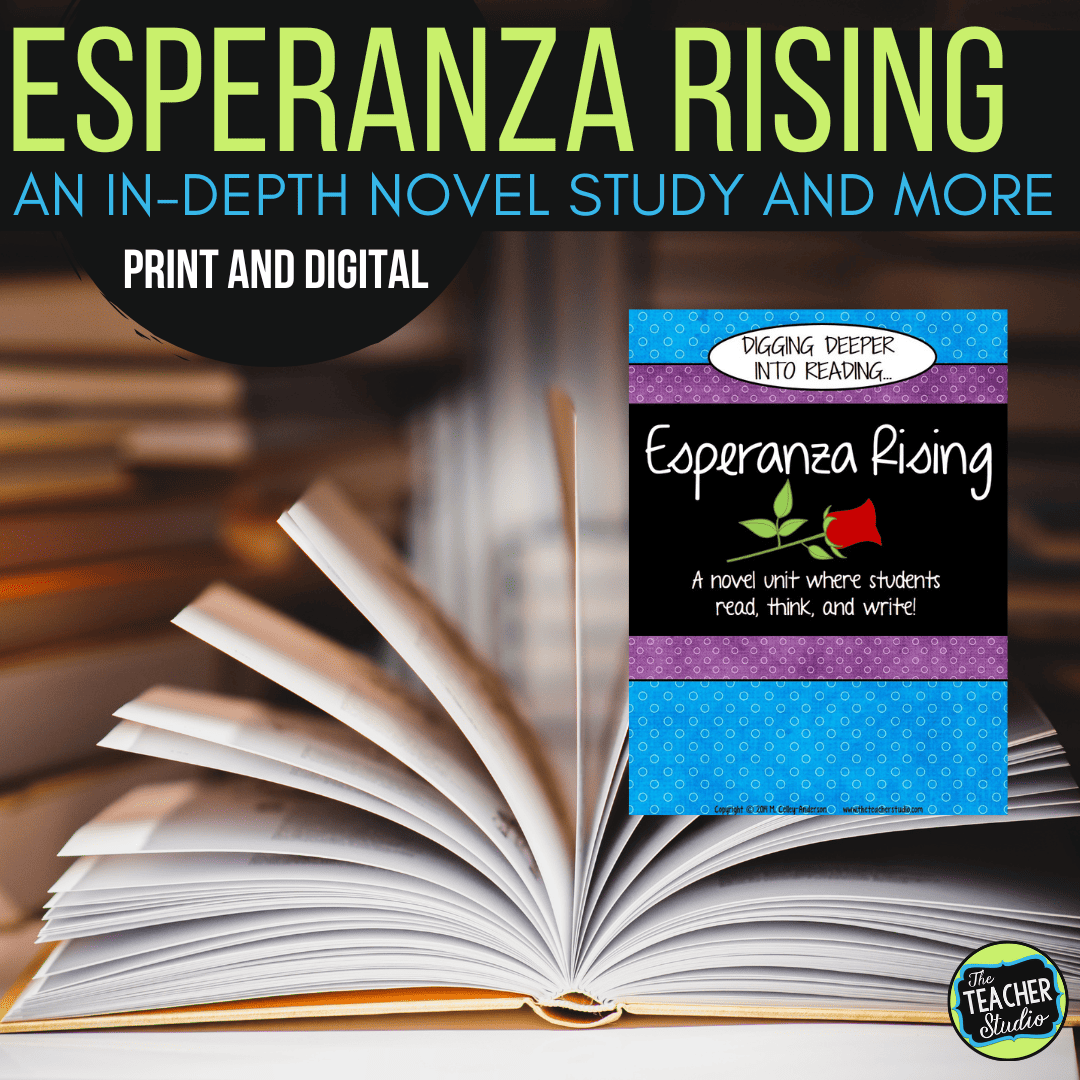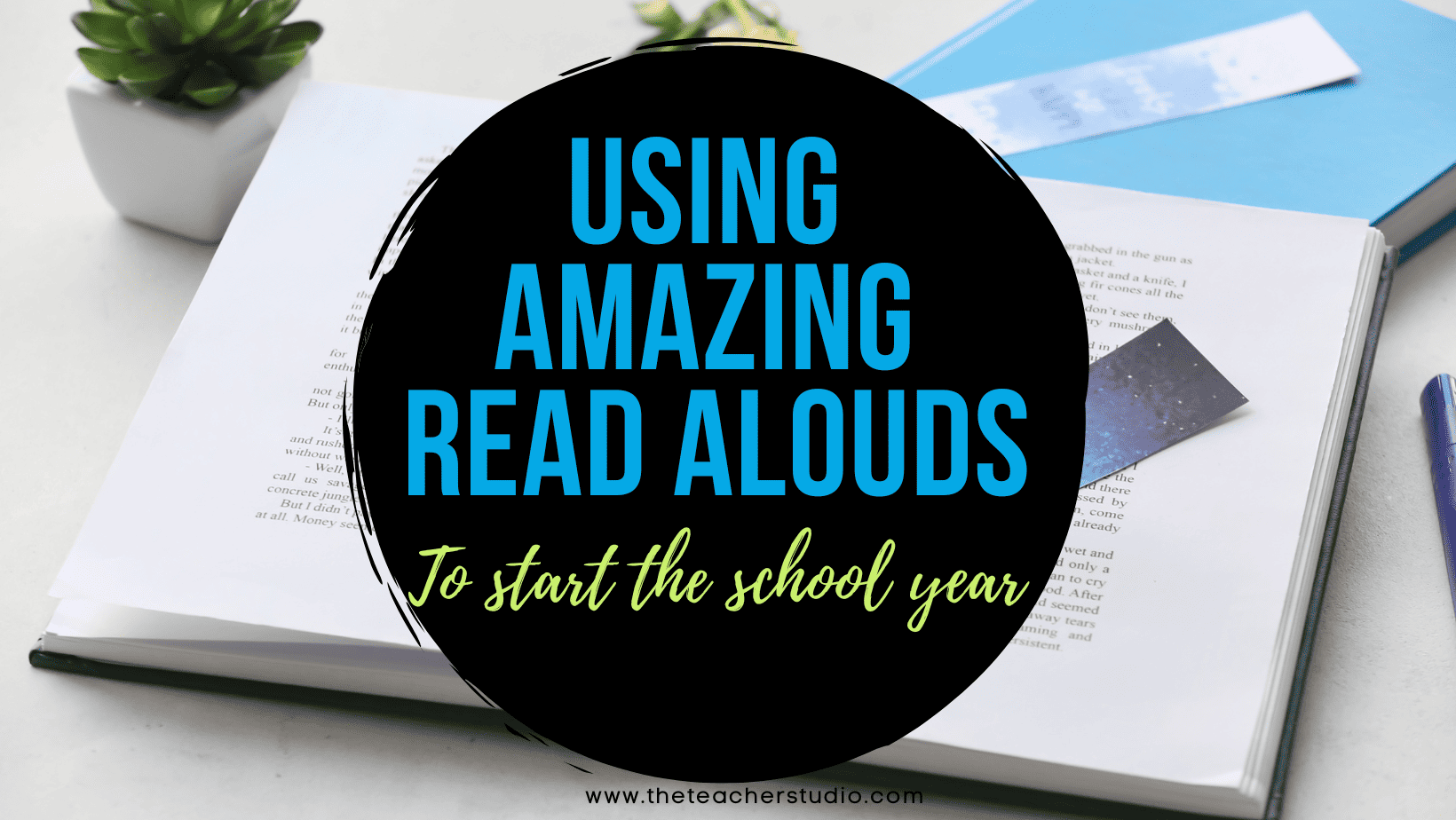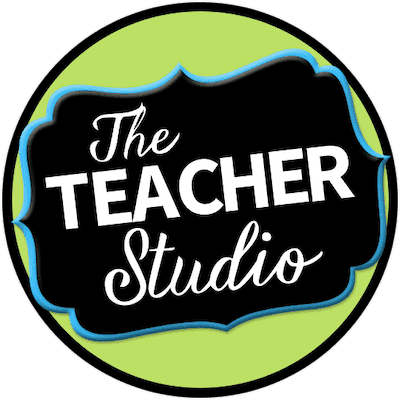There are a billion resources out there that are stressing the importance of using “mentor texts” to help students develop as readers and writers. I couldn’t agree more! Studying what other writers do can not only help our students become better writers–but better readers as well! In fact, I think it’s so important to dig into these texts that we keep an ongoing list in my class of what we have read so we can refer back to them. Here is our chart from midway through our school year . . .
It’s funny how some people have misconceptions about the use of picture books in the classroom . . . how we must be pushing our students into more rigorous literature . . . how we don’t have time for those picture book “shared reading” experiences. Really? Have you READ some of the wonderful picture books out there? These are NOT your toddler “going to bed” books! These are texts rich with language, filled with inferential thinking, and–if presented well–examples of what excellent writing can be! They have interesting beginnings and endings . . . they are alive with descriptive and figurative language . . . they provide us with the opportunities to get a glimpse into
They are concise with their words–using just enough to tell the story and help us “see” in our minds what really matters. They make us think.
Wait a minute–isn’t that what we want our students doing in their own writing? Their independent reading? YES!
So–I am on a quest to find the BEST mentor texts out there! I want to get these rich texts in the eyes, ears, and hearts of students everywhere! I have started by digging into one of my favorite authors–Eve Bunting–who has written countless picture AND chapter books that accomplish all that I have described above.
If you haven’t read her books–I beg you to do so and to share them with your students. The CCSS is asking us to provide our students with rich opportunities to study literature, and Bunting’s books are a perfect vehicle for that. If you haven’t used picture books in your classroom often, I have created a series of resources that might help you out . . . with more to come if it seems like people like them. I’ve called my new series “Mentor Text Moments”–because I want you to share these texts with your students and have some of those deep discussions and “moments” with them!
The resources have some discussion questions that might help you as well as a list of tricky words and phrases that might trip up your English Language Learners and other students with less rich vocabulary. I have provided the discussion prompts in multiple formats so you can use them in readers notebooks . . . on printable sheets to use to assess students’ thinking . . . or just to use to enrich discussions. I have also included 2 graphic organizers with each to extend the story and your students’ thinking–as well as a rubric to help you begin to assess the level of thinking against the Common Core. Interested? I have put resources for 6 different Eve Bunting texts in my store as well as a bundled set of all 6 if you are interested in that. I’ll include the link to the bundle below.
What I REALLY want, though, is for you to share out YOUR favorite picture books that you use in your classroom! Maybe we can all add some new titles to our collection! Let’s see if we can get a good list going below . . . I’ll start!
“Saturdays and Teacakes” by Lester Laminack is a touching story about a tradition with a young boy and his grandmother. If you study “memoirs”, this is a must have text! It is filled with descriptive language and drops hints as to what life was like a generation ago!
OK–your turn! Let’s hear your best ones!
(and don’t forget about my July special…buy ANY bundle and get an item of $5 or less for free!)

